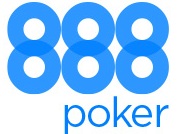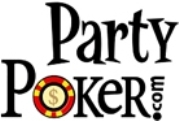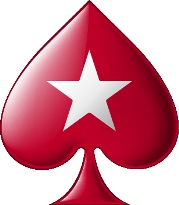When you stay in a Poker Hold’em hand to the end, you need to show your cards to make a claim for the pot. When you display your cards, the dealing program reads your hand and makes the best five-card hand possible using both, one, or neither of your cards. For example, if the five cards on the board are the T♦ J♦ Q♦ 4♥ 5♠ and you hold the A♦ K♦, you have a Royal Flush. Similarly, if you hold the A♦ 5♠ and the board reads T♦ J♦ Q♦ 4♥ K♦, you would also have a Royal Flush because your A♦ completes the hand with the four shared diamond cards. If the five cards on the board are T♦ J♦ Q♦ K♦ A♦, it doesn’t matter what you hold because everyone who is still in the hand at the river has a Royal Flush. And, yes, we’ve seen a Royal Flush on the board, though neither of us was in the game. It happened at a high-only Omaha table at a Knights of Columbus–sponsored charity casino in Maryland in 1994. The odds against a Royal Flush appearing on a five card board are 649,739 to 1, which is awfully darn impressive.










